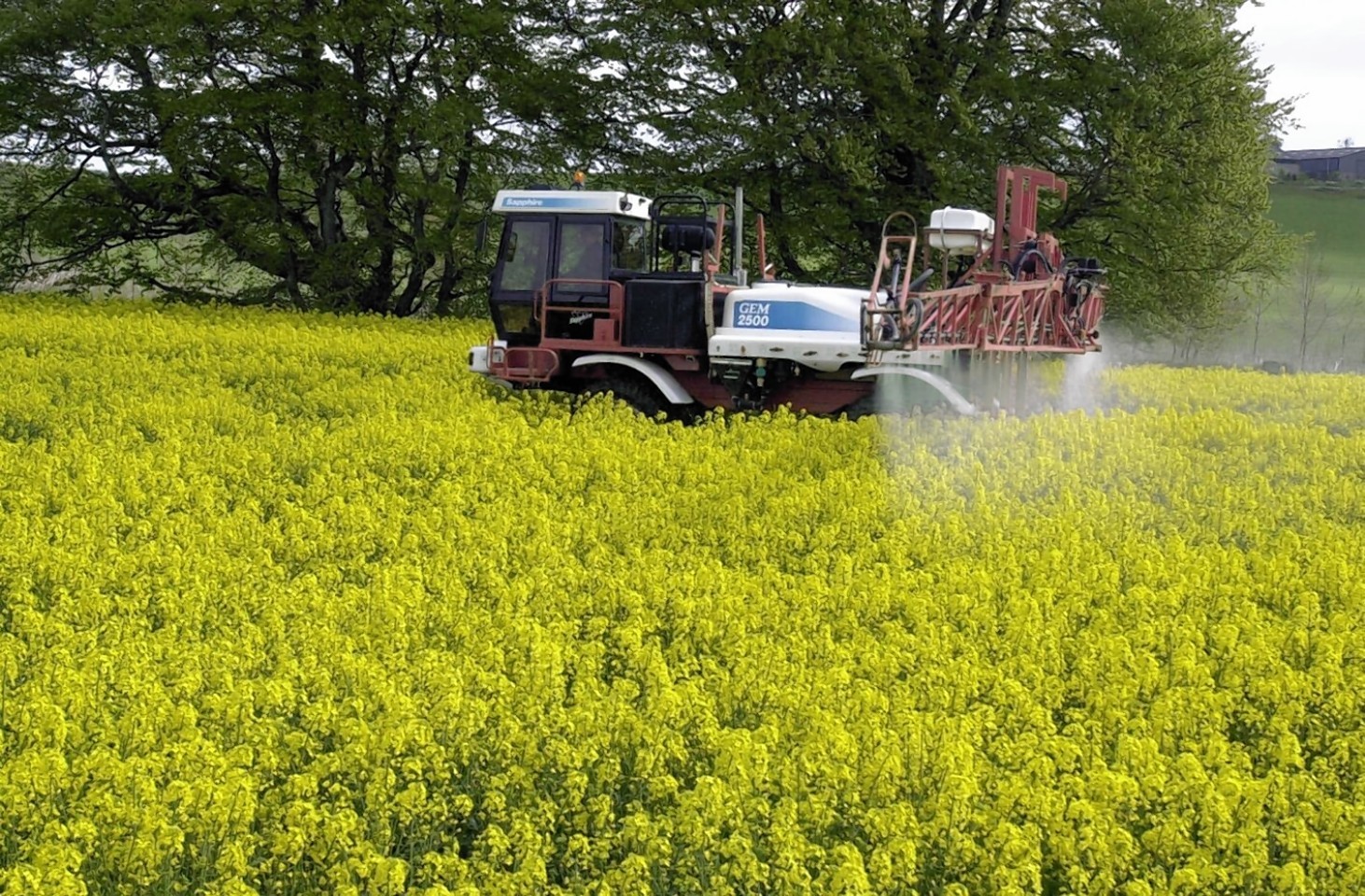Scottish growers are struggling to increase crop yields as a result of increasing legislation and disease pressure, claim experts.
Farmers attending a special Cereals in Practice evening at Burnside Farm, Stanley, Perth, on Thursday night were told about the various pressures affecting crops this year and the efforts being made to develop new varieties suitable for Scottish soils.
The event, organised by the James Hutton Institute and SRUC – Scotland’s Rural College, allowed farmers the chance to view different crop plots on the site.
SRUC agronomist Steve Hoad said there were significant differences in the treated and untreated trial plots for both wheat and barley varieties at the site.
The college’s crop protection expert Fiona Burnett added: “The most topical issues this year are the high disease burden in crops, the apparent potential of these crops and the large spends on inputs that have already been made.
“Fungicides are under massive pressure with some key groups declining in efficacy and visibly struggling this year to contain the disease pressure.”
The issue had been exacerbated with fungicide supply problems, particularly with the more effective products, resulting in farmers using more complicated ‘second choice’ treatment programmes, added Dr Burnett.
She said she had never seen Septoria pressure, which can cause yield losses of up to 50%, so bad in wheat.
“Last year was a low disease pressure year so traditionally the doses we thought about are too low for the chemistry we have. Where things have not gone well [this year], there will be a yield penalty,” added Dr Burnett.
Dr Hoad said there was evidence of a yield plateau being experienced by growers, with the performance gap widening between the top third of farmers and the rest.
He said more work was needed to link research and commercial crop studies to identify the cause of the plateau and find ways to reverse this trend.
Dr Bill Thomas from the James Hutton Institute added that researchers were doing more work to understand the interaction between the plant and the soil, as well as a greater focus of how diseases attack crops.
He said one project at the institute could result in new bumper barley varieties for Scots growers.
PhD student Hazel Bull has identified a third gene for a six-row barley type which can produce a “super six-row barley” with increased 1,000 grain weight.
She said: “There remains a problem over the uniformity of six–row grain even with both genes present and this is one of the main reasons why the crop has not been adopted by maltsters for use in brewing and distilling.
“We are investigating the effect of adding a third gene controlling six-row head type to current six-rows to determine if we can make further improvements in lateral grain development and hence produce a more uniform sample.”
Dr Thomas said a commercial breeder was currently evaluating the new ‘super barley’, although it is only likely to be available for commercial use in around 10 years time.
